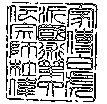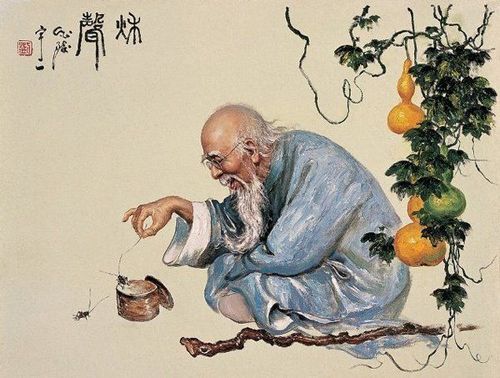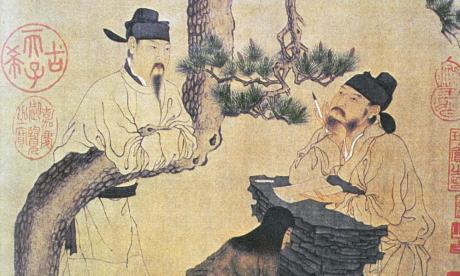Here are the types of forms in Bak Fu Pai White Tiger Kung Fu and what the emphasis should be:
Exercise Forms – movement and fluidity
Basic Forms – introduction of footwork and core philosophies
Foundation Forms – advanced footwork and fundamental skills
Fighting Forms – focus on techniques of the system
Chi Building Forms – focus on qi cultivation and combining proper movement of techniques
42 Weapons Forms – Single person forms using the 18 weapons of our system
2 Person Forms – Forms done with a partner that have a Side A and a Side B. Physical contact builds repetition and muscle memory for techniques
2 Person Weapon Forms – Weapon against weapon forms done with a partner to build upon the foundation of weapon utilization
18 Short Hand Forms – focus on combining all elements of movement, power, fluidity, and techniques. These are the system forms that represent the culmination of all the other forms
18 Long Hand Forms – adopted from Northern Shaolin with focus on strength, stances, flexibility, and fitness
Elements of Chinese martial arts originated in the distant past as simple blocking and striking techniques.
The White Tiger Kung Fu forms contain the knowledge, philosophy and fighting applications of the White Tiger martial arts system. Fung Doe Duk was an elder monk that took his knowledge from the Shaolin temples and combined it with various training procedures from rural villages he discovered throughout his travels. With few exceptions, the forms of the system have their origins in the Buddhist Shaolin Temple of Southern China where he was an elder. These are the forms that were passed on to the Doo family and have remained unchanged.
Exercise or Short Forms
The best way to describe these forms is by stating that one must learn how to crawl before one can walk. They are designed to be short and repetitive in nature. Each has its own nature of movement; whether it be tiger, dragon, panther, or snake, the techniques copy each animals nature. Mainly, they teach hand strike motion, with very few kicks or footwork. They prepare the student for the longer forms by developing their coordination so it is easier to remember and train for the movements in the longer series.
Basic Forms
Here is where you learn how to walk. The forms are designed to get the practitioner moving and accustomed to throwing strikes and kicks in a basic sequence along with footwork. If trained with diligence, these forms become invaluable to the practitioner, preparing him for the more intricate movements and longer advanced forms.
18 Short Fist Forms
All these forms contain 108 moves. These are the advanced fighting forms of the system which focus on short power, quick-strike movements, and footwork that flow together with precision and timing. They contain all the applications one needs for fighting. What the student will find is that although one should learn as many forms as one can master, the practitioner will adapt more to certain movements and motions of some forms more than others. These are the ones that flow naturally and without effort. This is how the practitioner finds his fighting style at our Kung Fu School
18 Long Fist Forms.These also contain 108 moves. Exercise was the initial focus of these forms. They were designed to create flexibility, strength, coordination, agility and power. They were not really meant to be for fighting application. There are some motions that can be useful when used in fighting. In the northern regions of China, practitioners of these forms found that some of these techniques worked quite well in the hilly regions of the north. We do not focus too much on these forms, but they will be available for students that are interested.
Weapons Forms
There are 18 weapons in the system. Each weapon has its own use and set of techniques. There are 42 weapon forms to the system. Although not always practical to modern times, each weapon has a value in what it can teach or give the practitioner that will enhance the empty hand applications and techniques. Also it will help develop power, strength, and agility enhancing the practitioners physical conditioning. The staff in many systems is considered to be the base weapon and usually the first one learned, although none of the original 18 weapons of the system is implemented by adopting the Li family staff forms. This was done by monk Fung Doe Duk. We continue this by also teaching these staff forms as part of the system at White Tiger Schools.



